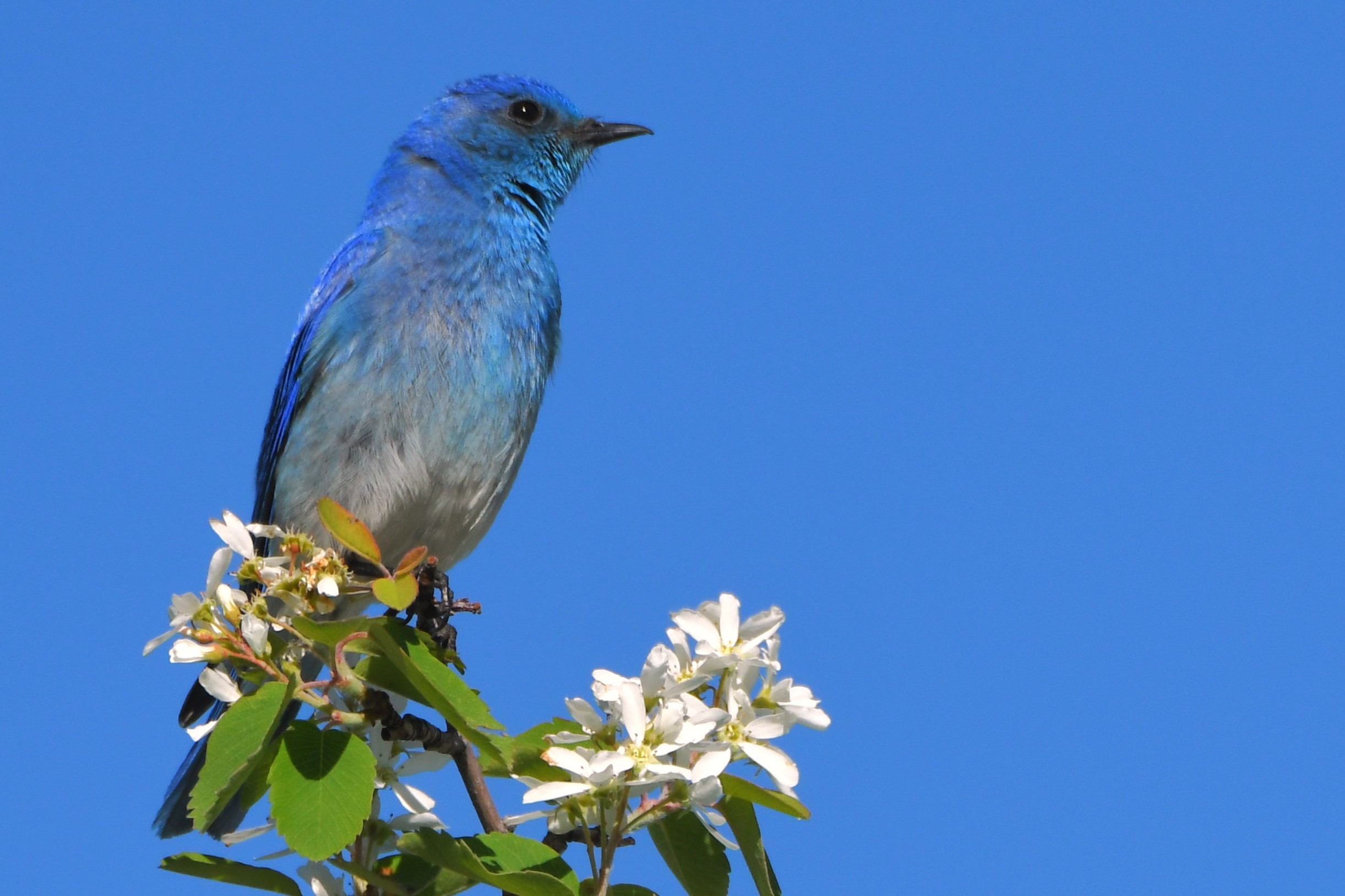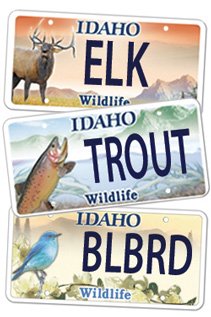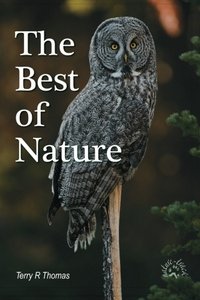The Color Blue

©Terry R. Thomas/www.nature-track.com
The mountain bluebird and the sky are nearly the same color, but neither is truly blue-colored.
When I was much younger, I would have said that blue was my favorite color. I had a blue ten-speed bicycle and I loved to stare up into a brilliant blue sky. As I got older though, I realized that I did not really like blue shirts, blue jackets, or even blue vehicles although I owned a blue Ford truck for a few years. I gravitated more to earth tones.
That put me out of sync with much of the world. If you are American, European, Chinese, Indonesian, or Malaysian, chances are good that your favorite color is blue.
However, if bluebirds, blue jays, indigo buntings, peacocks, or even blue and yellow macaws are your favorite bird because of their pretty blue color, you might be surprised to learn that they are not blue at all in the sense of blue pigmentation. These birds, or any birds, do not contain any blue pigments in their feathers. Their blue comes from the structure of the feather itself.
Birds with yellow and red coloration (and combinations thereof) often get that bloom from pigments, frequently obtained through diet. The flamingo is an example, getting its pink color from the invertebrates it eats. Flamingoes fed different diets are white. However, blue plant pigments (anthocyanins) are water soluble and are destroyed in digestion.
Blue is the rarest pigment in nature and very few animals can produce it. What we see as blue in a feather, a reptile’s blue skin, or the blue scales of a fish, is a result of light scatter. To understand that takes a bit of knowledge about light and wavelengths.
Of the three primary colors, red, yellow, and blue, blue has the shortest wavelength, between approximately 450 and 495 nanometers (a nanometer is one billionth of a meter, or a millionth of a millimeter. On a comparative scale, if the diameter of a marble was one nanometer, then the diameter of the Earth would be about one meter). On the color scale, blue resides next to ultra-violet and is considered a high energy light source. Yellow and red have much longer and less energetic wavelengths.
Structural color occurs when some wavelengths are absorbed and others are scattered backward. The absorbed wavelengths are not seen, but the scattered ones are. Enter bird feathers. Scientists have discovered that when a blue feather develops, individual cells form stringy keratin (think fingernail) throughout the cell. When the cell dies and the water inside evaporates, the keratin is left behind in a mosaic like a sponge. This latticework of keratin takes the reds and yellows of white light and cancels them out while magnifying the blue wavelengths and reflecting them back to the viewer’s eye. The result is a feather that looks blue without having any blue pigmentation.
Scattering is also the reason that the sky is blue and that some people and animals may have blue eyes. However, the mechanism is slightly different for them. In the sky, blue wavelengths are subjected to Rayleigh scatter, which simply is light scattered by particles that are much smaller than the wavelength of the blue light (450-495 nm. Oxygen and nitrogen molecules are less than one nanometer). The larger yellow and red wavelengths are absorbed, not scattered and the sky is blue. That is until the sun is at a very low angle at sunrise or sunset. Then, because the light from the setting (or rising) sun must travel further, much of the blue light will have dissipated by the time the sunlight reaches you and the reds and yellows will predominate.
Blue eyes contain no blue pigments and depend upon Tyndall scattering. The outer layer of the iris, the epithelium, contains melanin in dark-colored eyes. In blue eyes, there is no melanin and light passes through this layer where red and yellow wavelengths are absorbed. Blue light waves pass through the medium and bounce off colloidal particles in suspension (much larger particles than in Rayleigh scatter—50 nm to 1 μm—micrometer, 0.001 mm) between layers in the iris and are scattered back toward the viewer so the eyes appear blue. One final thing about blue light. Our modern world is subjected to much more blue light than our ancestors dealt with and this may be causing health concerns. Many aspects of this are still under investigation, but it seems clear that excessive blue light suppresses melatonin production. Melatonin is a chemical our bodies produce that helps us get to sleep at night. Harvard Health recommends, “Avoid looking at bright screens (computers, phones, TVs) beginning two to three hours before bed.”
Help Idaho Wildlife
When we traveled across the state in October 2017, most of the vehicles we saw using the wildlife management areas did not have wildlife plates. Buying wildlife plates is a great way for non-hunters and hunters alike to support wildlife-based recreation like birding.
C'mon folks, let's help Idaho's wildlife by proudly buying and displaying a wildlife license plate on each of our vehicles!
See below for information on Idaho plates. Most states have wildlife plates so if you live outside Idaho, check with your state's wildlife department or vehicle licensing division for availability of state wildlife plates where you live.
And tell them that you heard about it from Nature-track.com!

Wildlife License Plates
Great news! as of 2024, there are three NEW designs for license plates. They still are bluebird, cutthroat trout and elk, but they are beautiful.
Idaho Wildlife license plates provide essential funding that benefits the great diversity of native plants and wildlife that are not hunted, fished or trapped—over 10,000 species or 98% of Idaho’s species diversity. Game species that share the same habitats (such as elk, deer, antelope, sage-grouse, salmon, trout) also benefit from these specialty plates.
No state tax dollars are provided for wildlife diversity, conservation education and recreation programs. Neither are any revenues from the sale of hunting or fishing licenses spent on nongame species. Instead, these species depend on direct donations, federal grants, fundraising initiatives—and the Idaho Wildlife license plates.
Both my vehicles have Bluebird Plates. I prefer the bluebird because the nongame program gets 70 percent of the money from bluebird plates, but only 60 percent of the money from elk and trout plates - 10 percent of the money from elk plates supports wildlife disease monitoring and testing programs (to benefit the livestock industry) and 10 percent from cutthroat plates supports non-motorized boat access.
Incidentally, in 2014, the Idaho Legislature denied the Department of Fish and Game the ability to add new plates or even to change the name of the elk and cutthroat plates (very specific) to wildlife and fish plates, a move that would have allowed for changing images occasionally and generating more revenue. It would seem that they believe that we Idahoans don't want a well funded wildlife program.
I think it is time we let the Legislature know that Idahoan support wildlife funding and that we would like to see these generic plates come to fruition.

"WOW. What a phenomenal piece you wrote. You are amazing." Jennifer Jackson
That is embarrassing, but actually a fairly typical response to my nature essays. Since The Best of Nature is created from the very best of 16 years of these nature essays published weekly in the Idaho Falls Post Register (online readership 70,000), it is a fine read. It covers a wide variety of topics including humorous glimpses of nature, philosophy, natural history, and conservation. Readers praise the style, breadth of subject matter and my ability to communicate complex and emotional topics in a relaxed and understandable manner.
Everyone can find something to love in this book. From teenagers to octogenarians, from the coffee shop to the school room, these nature essays are widely read and enjoyed.
Some of the essays here are my personal favorites, others seemed to strike a chord with readers. Most have an important message or lesson that will resonate with you. They are written with a goal to simultaneously entertain and educate about the wonderful workings of nature. Some will make you laugh out loud and others will bring a tear to the eye and warm your heart.
Readers Write:
"You hit a home run with your article on, Big Questions in Nature. It should be required reading for everyone who has lost touch with nature...great job!" Joe Chapman
"We enjoyed your column, Bloom Where Planted. Some of the best writing yet. The Post Register is fortunate to have your weekly columns." Lou Griffin.
To read more and to order a copy, click here or get the Kindle version
Copies are also available at:
Post Register
Island Park Builders Supply (upstairs)
Barnes and Noble in Idaho Falls
Harriman State Park, Island Park
Museum of Idaho
Valley Books, Jackson Wyoming
Avocet Corner Bookstore, Bear River National Wildlife Refuge, Brigham City, Utah
Craters of the Moon National Monument Bookstore, Arco, Idaho